Coyote Canyon is part of Anza-Borrego wilderness area in Southern California, USA.


The information stand and start of the trail are at the end of Di Giorgio rd, which you can follow from Borrego Springs. Coyote Canyon is an excellent location to visit during the spring to see the abundant wildflowers. Generally, this valley is flat, which makes it perfect for walking, hiking, or biking.
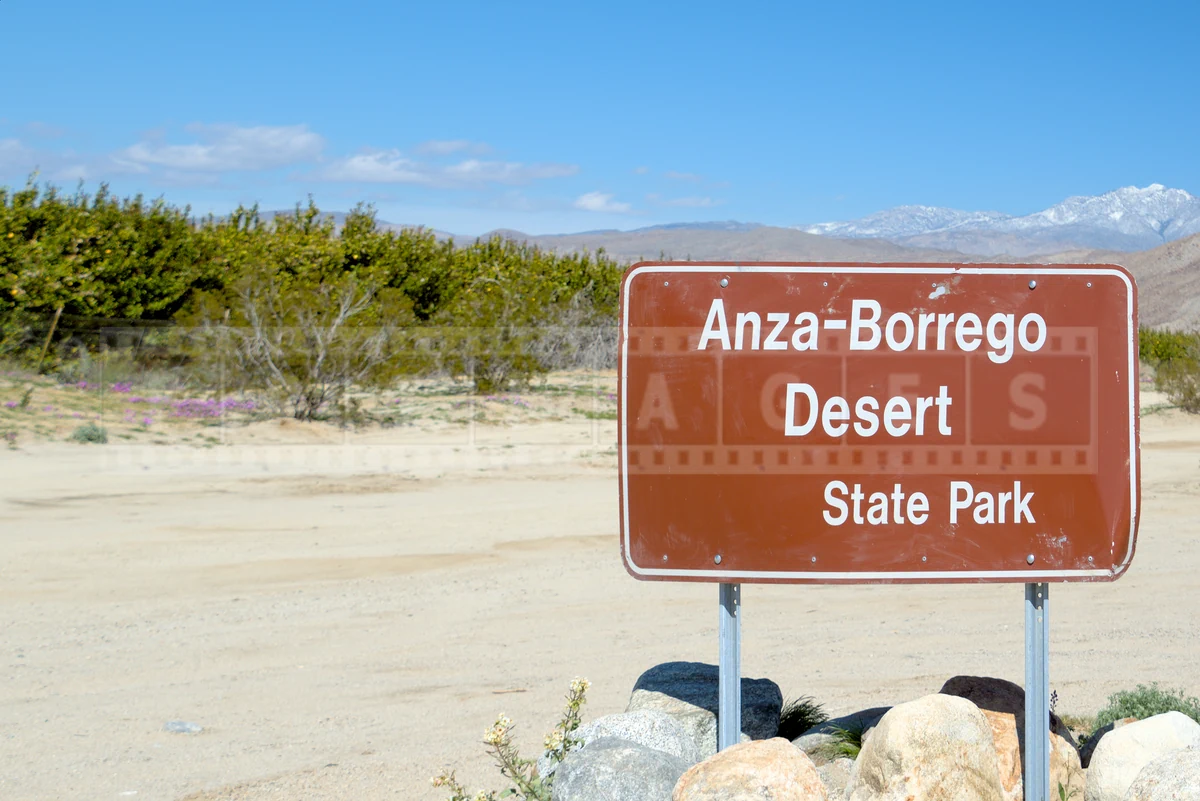

The peaks surrounding the valley are blanketed with snow during the winter. Snowmelt, rainfall and natural springs all feed Coyote Creek as it tumbles down to the desert floor. This water supports lush vegetation and allows flowers to bloom in the spring – from early March to April.
You can also see native desert willow, tule, and California fan palms. Riparian habitats provide the essentials for big and small animals, such as desert tortoises, verdins, chuckwalls, and bighorns.
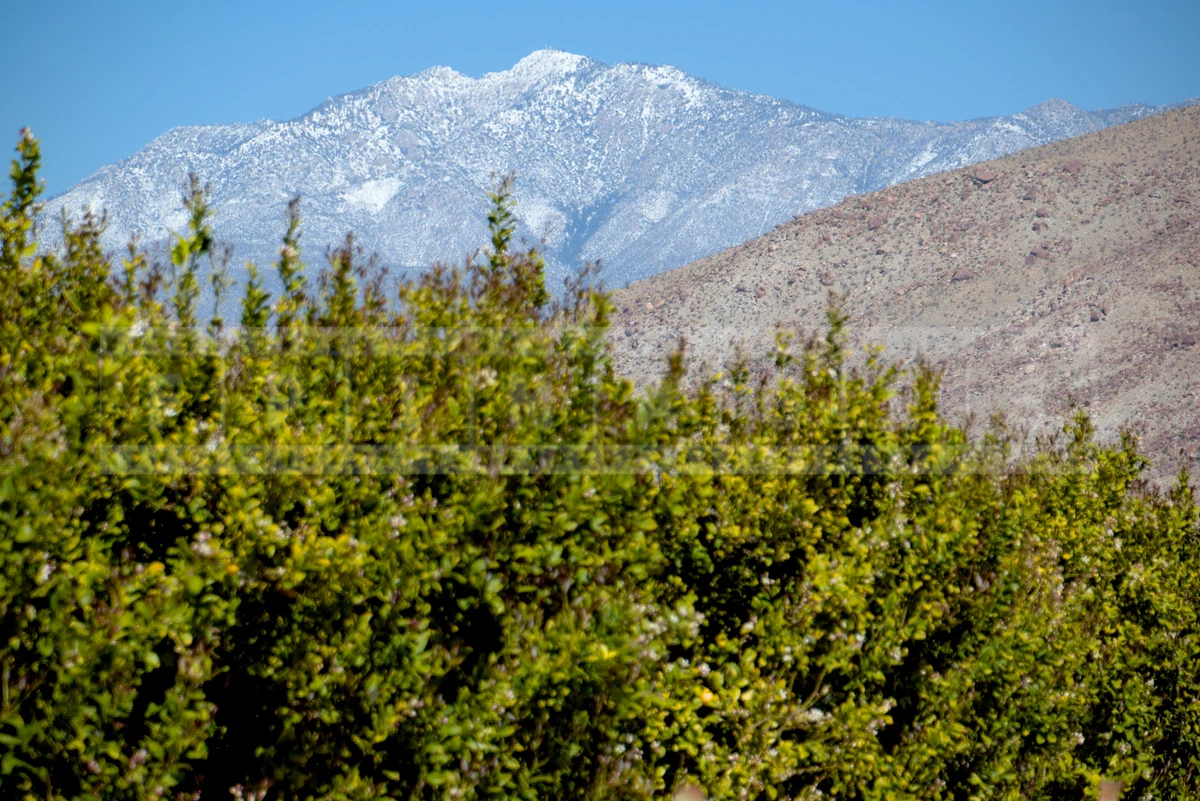
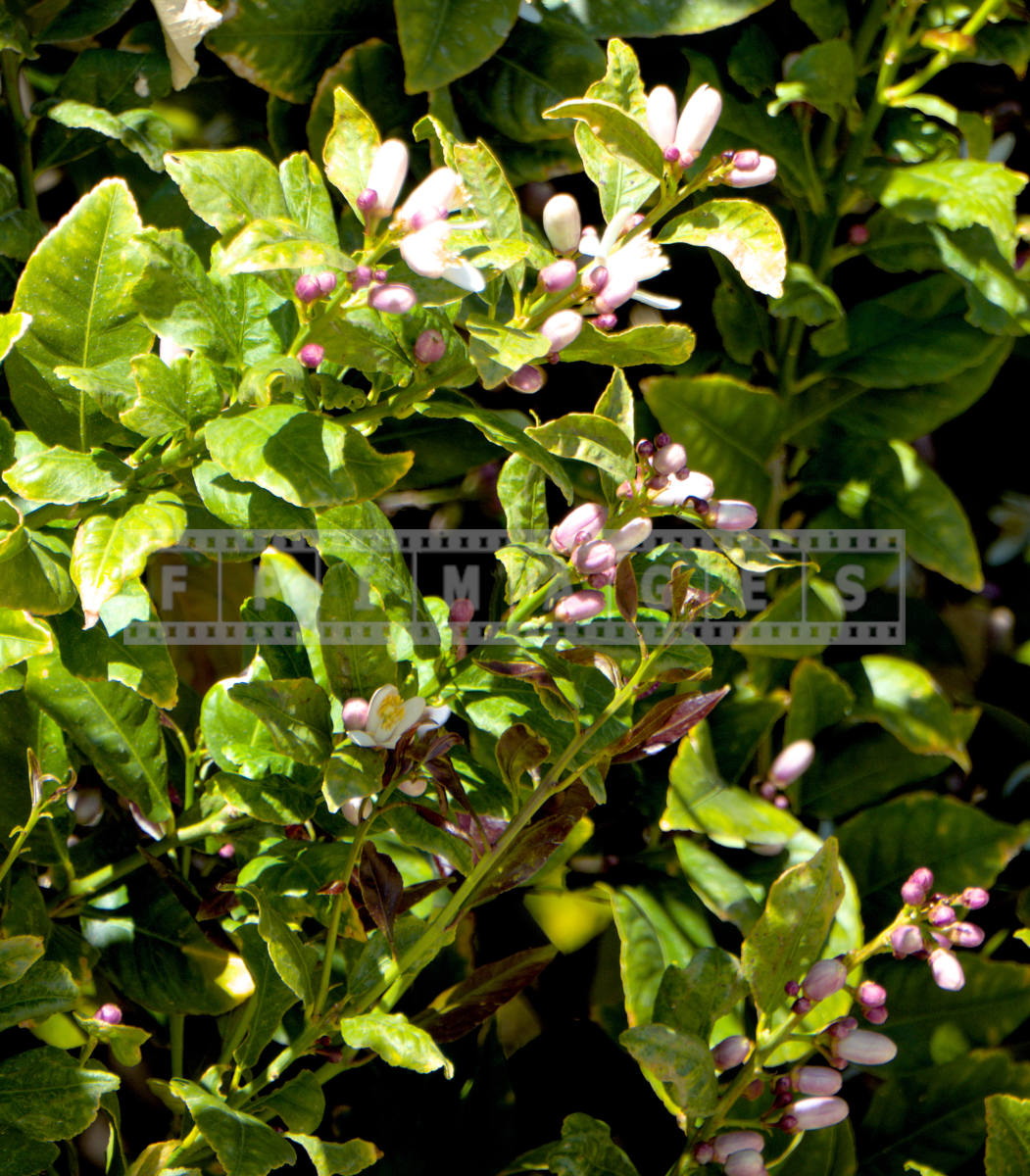
Coyote Canyon is closed at 3-rd crossing from June 1 through end of September to protect bighorn sheep. Many fossils were discovered in Coyote Canyon. This area used to have open woodlands on the slopes, and the valley was mostly grassland.
Coyote Canyon has the most significant artifacts of human presence in Anza-Borrego State Park. This canyon was an important travel route between the desert floor and mountain valleys. This passage was initially established by local natives—Cahuilla and Cupeno. Later, Spanish explorer de Anza used this trail during his expeditions in the 1700s. The ancestors of the native people living in the area today consider Coyote Canyon an important and sacred land.
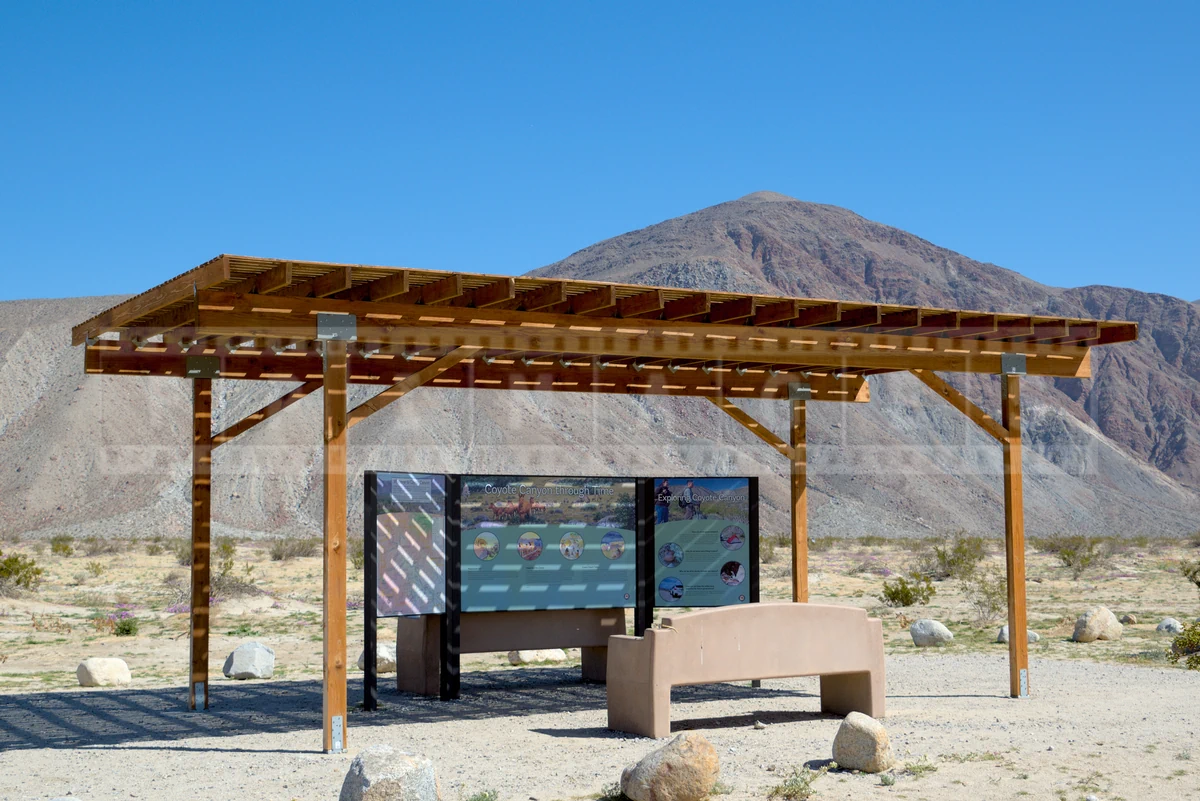

You can hike and camp in areas outside of the cultural preserve. Leave rocks and dead wood in place as they provide homes and shelter for many animals. If you want a campfire, bring your own firewood and a metal container with a bottom. Keep your fire in it and pack out the ashes, along with your trash, including the toilet paper.
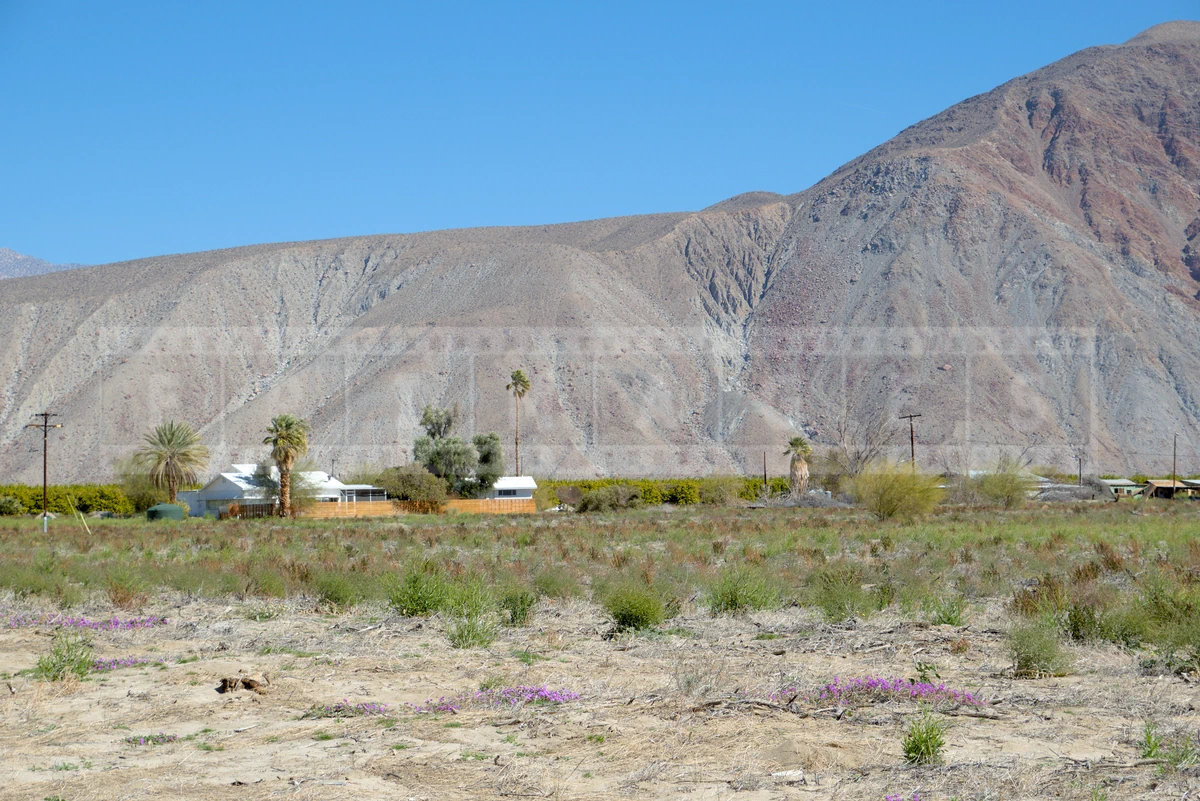
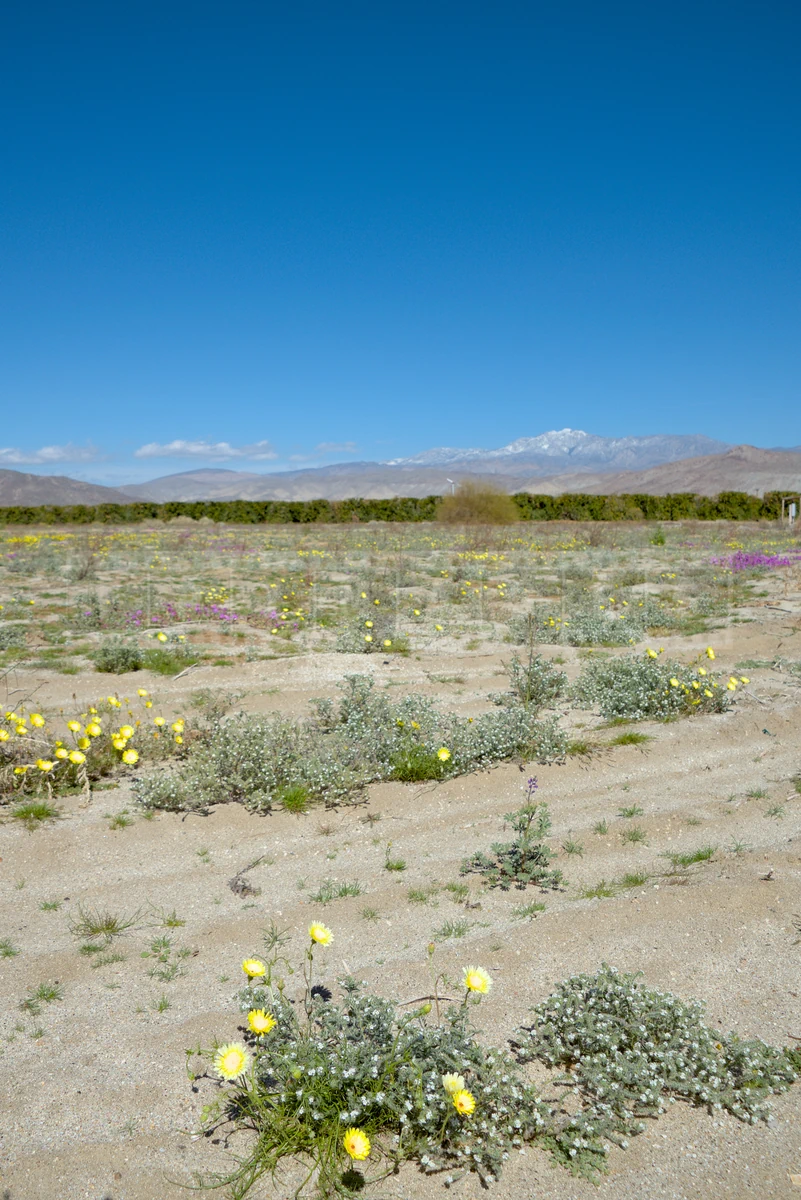
You can drive through the parts of the Coyote Canyon. If you decide to do so, keep your speed down and you will have a better chance to see wild animals and enjoy the scenery, like wildflowers in the spring. Veering from designated roads destroys vegetation and the canyon floor. Keep your car on the road and preserve the natural beauty of the Canyon.
Come prepared for the desert weather – you will need sunscreen during the day and warm clothes at night. It can get quite windy as well and that will blow some sand around, check the forecast and dress appropriately.

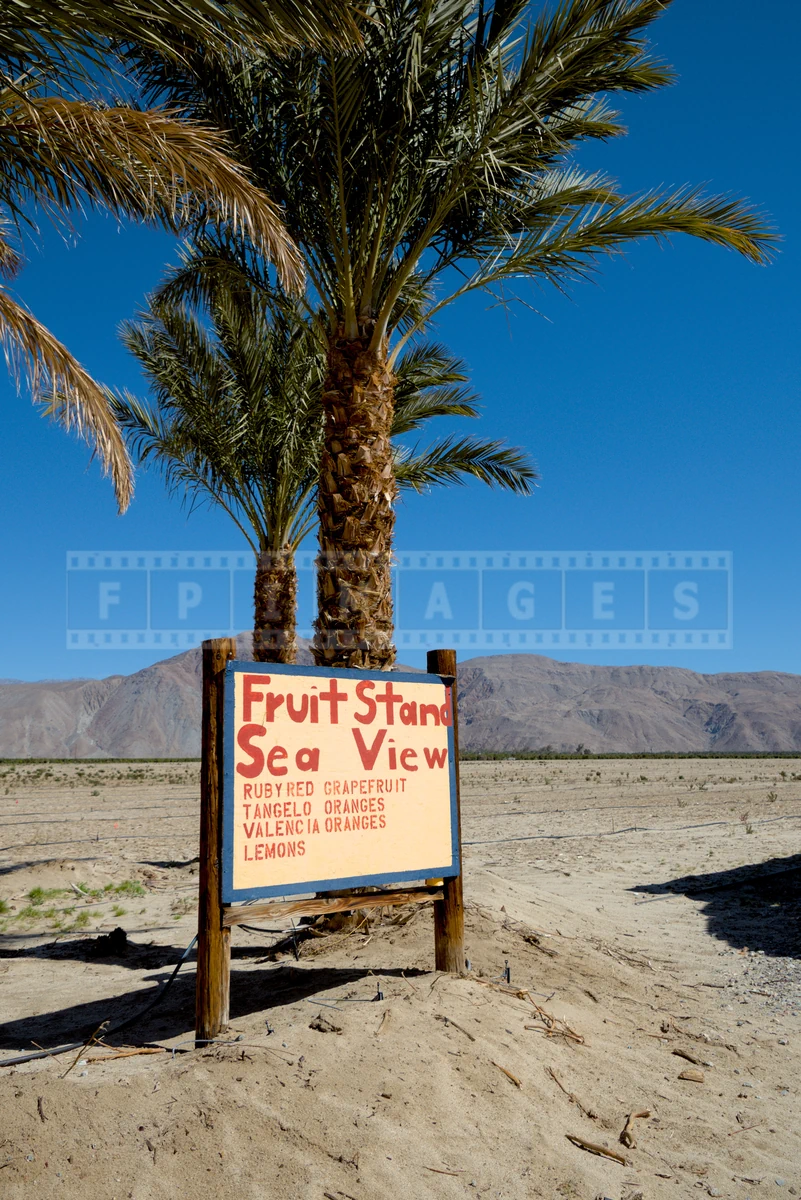
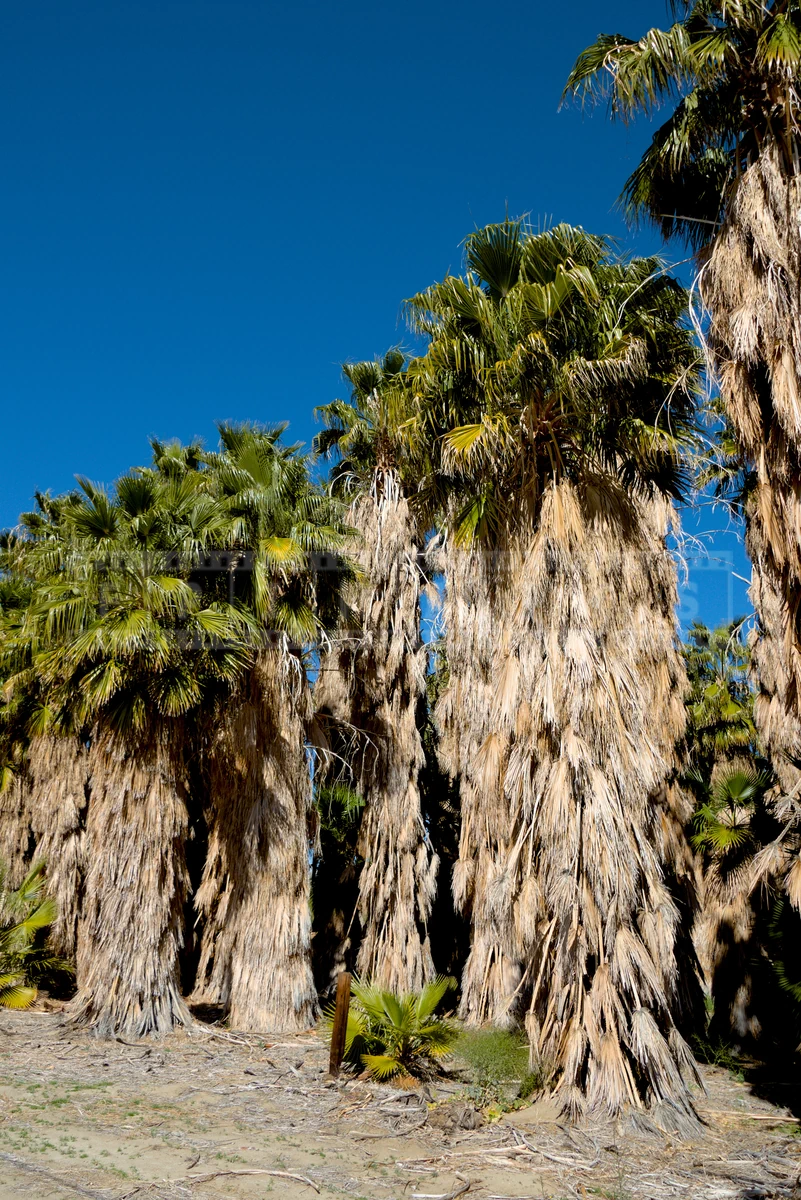


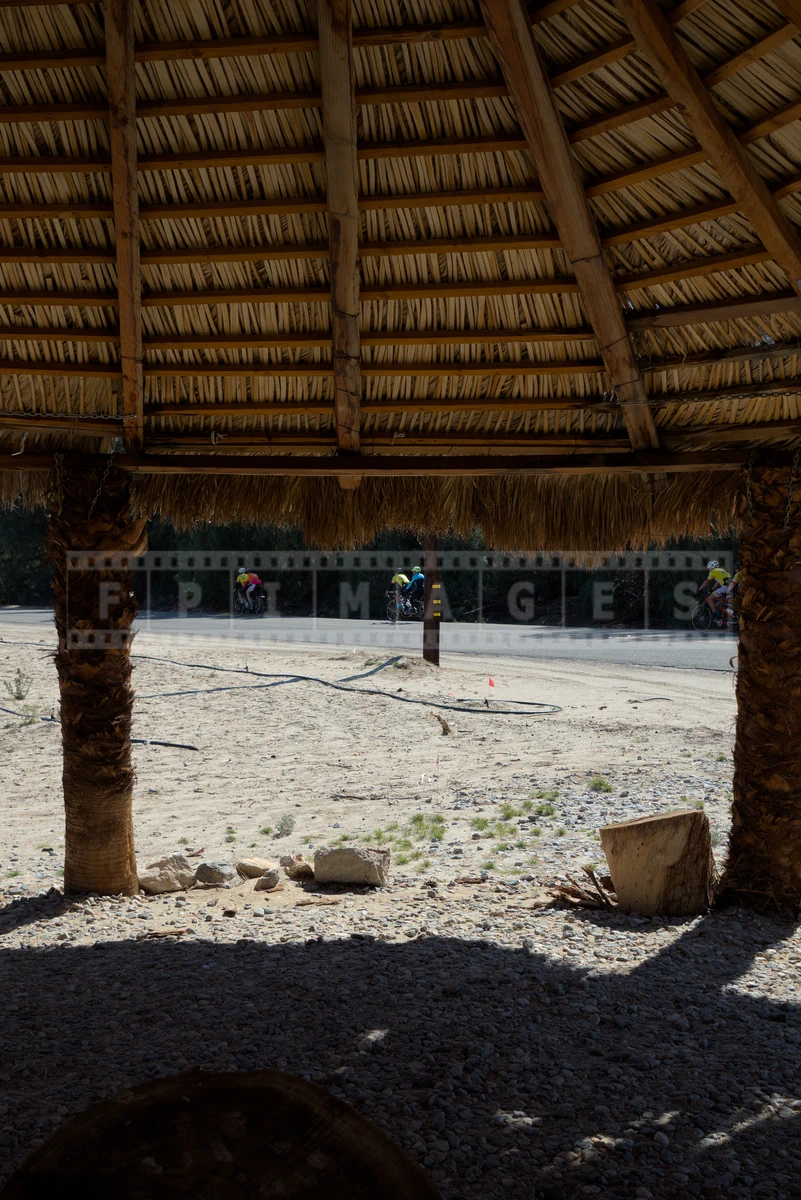
27.06.2024 by FPImages
ADVERTISEMENT